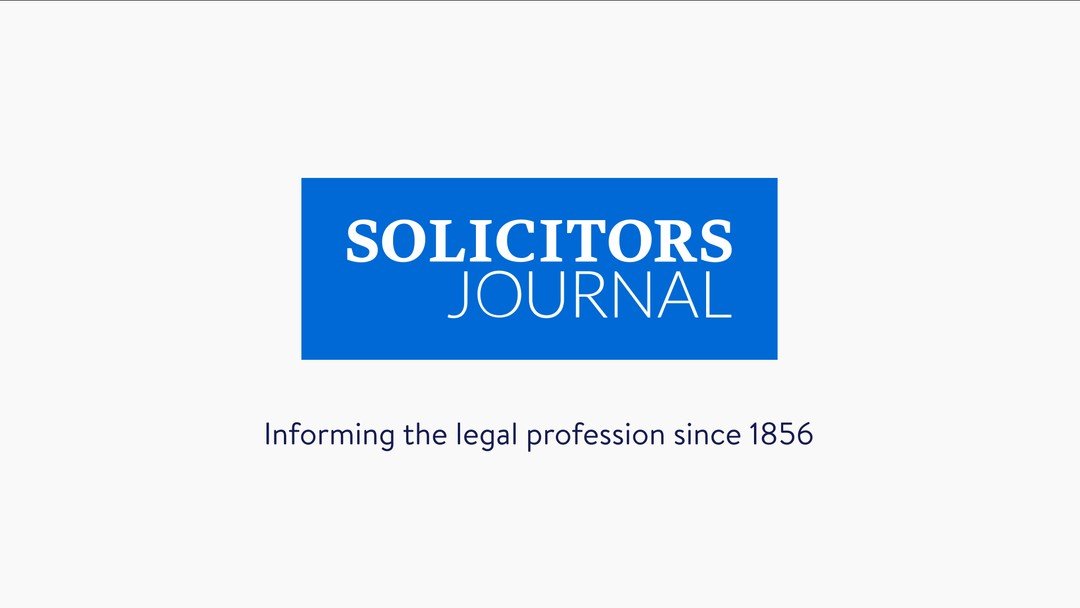Passing the test

Far from being a victory for the Independent Schools Council, the Upper Tribunal ruling on the interpretation of the 'public benefit' test vindicates the Charity Commission's careful approach to the letter of the law, says Alice Holt
When the decision of the Upper Tribunal on the Attorney General's reference and the judicial review by the Independent School's Council of our public benefit guidance was published earlier this month (see solicitorsjournal.com, 14 October 2011), some commentators suggested this was a victory for the ISC. There have been rather more circumspect analyses since then, which pointed out that, broadly speaking, the judgment upheld the Charity Commission's interpretation of the law.
Before the tribunal's decision, many charity lawyers would have said that the definition of a 'sufficient section of the public' for the purposes of demonstrating public benefit required merely that the class benefiting should not be numerically negligible or connected by a personal nexus. Some, such as Finola Moss writing in last week's Solicitors Journal, maintain that this should remain the case. However, the Upper Tribunal has clearly found, as the commission has always asserted, that 'a trust which excludes the poor from benefit cannot be a charity'. It added that this is 'right as a matter of principle, given the underlying concept of charity from early times'.
Including the poor
This decision provides some guidance as to how to construe what the tribunal calls an organisation's 'particular purposes' to determine if it is a charity. Whether or not an organisation is a charity depends on whether it meets the test in part 1 of the Charities Act 2006 '“ and in particular whether it is established for purposes that fall within the descriptions of purposes in section 2(2) and is for public benefit. It is a question of law and not of commission discretion, or of founders' motives '“ nor do charities risk 'losing' their legal status, as some have claimed.
The decision also gives guidance on the duties of charity trustees and, in particular, sets out that a charity must 'operate'¦ in accordance with its objects and subject to the constraints of charity law: it thus had to operate in a way which was for public benefit'. The exclusion of the poor, other than temporarily, is not permitted. Again this supports the commission's interpretation of the law, albeit that we thought a 'temporary period' might be as long as five years, whereas the tone of the tribunal decision appears to suggest that any failure to benefit the poor may only occur temporarily 'because of special circumstances'.
The decision considers in some detail who the poor might be in this context and broadly concludes that they are those who cannot afford to pay the fees as charged, which might in some circumstances include the 'quite well-off'. The clear message, as always, is that charity trustees have to make decisions that take into account the circumstances of their own charity.
For charitable fee-charging independent schools this means that they must run their charity to ensure that the poor can benefit in a way that is more than 'de minimis or merely token'. Beyond this, there is no objective level of benefit that has to be provided, and neither the tribunal nor the commission can conclude what it should be. The decision states that 'it is not possible to be prescriptive about the nature of the benefits which a school must provide to the poor nor the extent of them'. It does, however, give some idea of the range of factors trustees might take into account.
Adopting the commission's proposal, the decision categorises benefits as direct, indirect and wider benefits, and concludes that both indirect and wider benefits flowing from the educational activities of a school can be taken into account. The tribunal comments that 'the primary focus must be on the direct benefits' a school might provide but appears to consider that there is no requirement that there be direct benefits to the poor. It comments on the weight different benefits might carry and explains that ancillary benefits such as making playing fields available to the local football club cannot confer benefits that can be taken into account.
No benchmarks
The decision confirms that trustees have the freedom to determine how to run their charity for public benefit '“ there are no benchmarks. We regulate charity trustees against their legal obligations in running charities and will continue to regulate in accordance with our statutory objectives in a proportionate way. We had already started the process of reviewing our public benefit guidance before the decision and will now need to take account of its findings. This will not be an easy task.
Charity law has developed variously in relation to different charitable purposes '“ and, as the decision demonstrates, the law is complex. Our role now is to explain it to all the hardworking trustees managing charities. The tribunal itself said it had 'every sympathy' with us in this task.
